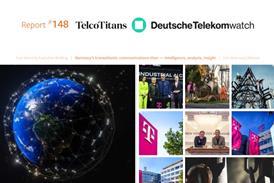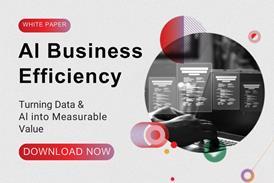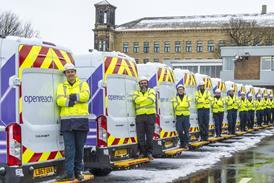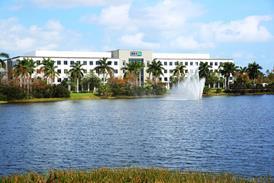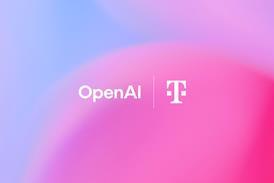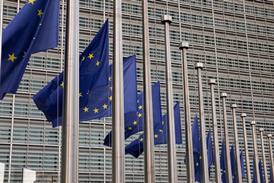Close menu
- Home
- Telcos
- Network & IT
- Infra
- People
- Finance & Strategy
- Events
- Regions
- Thought Leadership
- Premium
- TelcoX EMEA Leadership & Performance Study
BT engages virtual twin(s) on infrastructure resiliency
 Sam Patterson2021-10-25T11:06:00
Sam Patterson2021-10-25T11:06:00

Source: BT
Group one of three national infrastructure owners to pledge resources to project using simulation tech to overcome impact of climate change on UK’s built environment. Tranche of UK universities and research institutes involved too. Yet another example of BT dipping toes into ‘digital twin’ realm.
This is TelcoTitans Professional Subscription content. Subscribe now.
Already a subscriber? Sign in here, or contact us to check if your company has access.
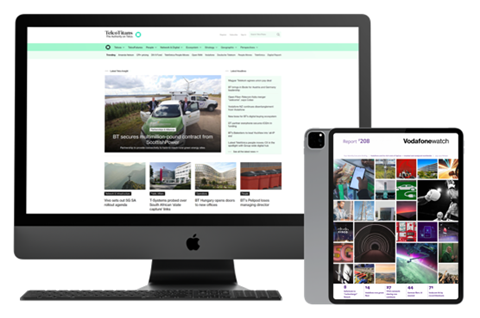
Become a TelcoTitans Professional Subscriber
Read this article and get full access to all TelcoTitans premium telco and digital infra content by subscribing today.
TelcoTitans Professional subscriptions include:
- Full access to all TelcoTitans online news, insight and analysis, including Professional-only and deep-dive content on leading tier-1 telcos
- Professional-only premium weekly CSP briefings and newsletters
- Industry-leading insight and analysis that you simply cannot get anywhere else
“Super intelligence, consistently high quality, compact and easy to digest” – Deloitte.




